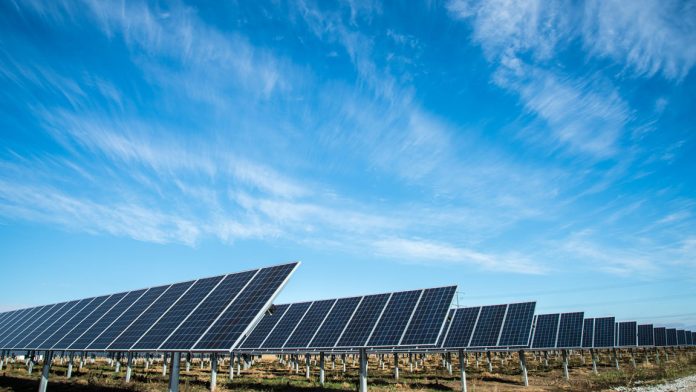In a move aimed at stabilizing the solar sector, regulatory officials have tweaked a months-old transition program to fund new solar projects in New Jersey by increasing incentives to build new systems over the next three years.
Without the changes, solar developers questioned whether the incentives under the transition program would be too small to allow projects to move forward and thereby undermine the state’s goals of achieving 100% clean energy by 2050.
The decision by the state Board of Public Utilities on Monday is the latest twist in its efforts to overhaul how New Jersey funds solar projects — given a mandate to rein in costs passed along to all utility customers under a law passed nearly two years ago. Those costs now run more than a half billion dollars a year.
Doing so, however, has proved extremely difficult. The state’s recently adopted Energy Master Plan banks on New Jersey getting 34% of its electricity from solar systems by mid-century, a target even solar lobbyists deem very aggressive.
In trying to reduce costs, the Legislature and governor created a cap to limit solar-project costs incurred by utility customers, initially set at 9% of all electricity sales during the first three years and then amounting to more than 7% during subsequent years.
Looking ahead
Because the state is not projected to exceed the cap in the first three years, lawmakers passed a bill earlier this year to allow flexibility to shift some of those costs to later years when subsidies paid by utility customers for solar projects are expected to drop.
Essentially, the state is evening out the incentives, dubbed Transition Renewable Energy Certificates (TRECs) to $152 over the life of the program. Under the initial program adopted by the BPU, TRECs would have been priced at $65 for the first three years, and then rising to $189 for the remaining 12 years.
In adopting the change, the board said it is committed to both maintaining the state’s position as a solar leader and to controlling costs borne by utility customers while continuing to develop a robust successor program. The agency is now engaged in developing such a program.
Solar developers welcomed the step, although some argued the state also needs to address other issues, such as problems with projects interconnecting the power generation by solar installations with the electric grid.
“There is support for this. This is great,’’ said Fred DeSanti of the New Jersey Solar Coalition, who said at the $65 price range developers would have a hard time persuading banks and lenders to back projects because of fears they would be underwater for the first three years.
Lyle Rawlings, president and founder of Advanced Solar Products in Flemington, said under the initial incentive, projects would have had cash-flow problems for the first three years. “Investors and developers really like it,’’ he said.
Developers noted the changes made by the agency will not increase the costs to ratepayers. Still, they said the state needs to look at how solar projects can interconnect with the power grid, a problem that is becoming particularly acute in South Jersey.
“There is a disconnect between what the EMP (Energy Master Plan) is projecting and what can be built,’’ DeSanti said. Not only are solar developers having trouble interconnecting new projects with the grid, but it could also affect the state’s ambitious offshore-wind targets, he said.
Rawlings agreed, saying “It absolutely will subvert the goals of the EMP.’’
He hopes the board will initiate a new proceeding to address the interconnection problems on the grid. Developers face a wide range of fees and requirements from utilities before they can obtain agreements to connect with the power grid, according to critics.






